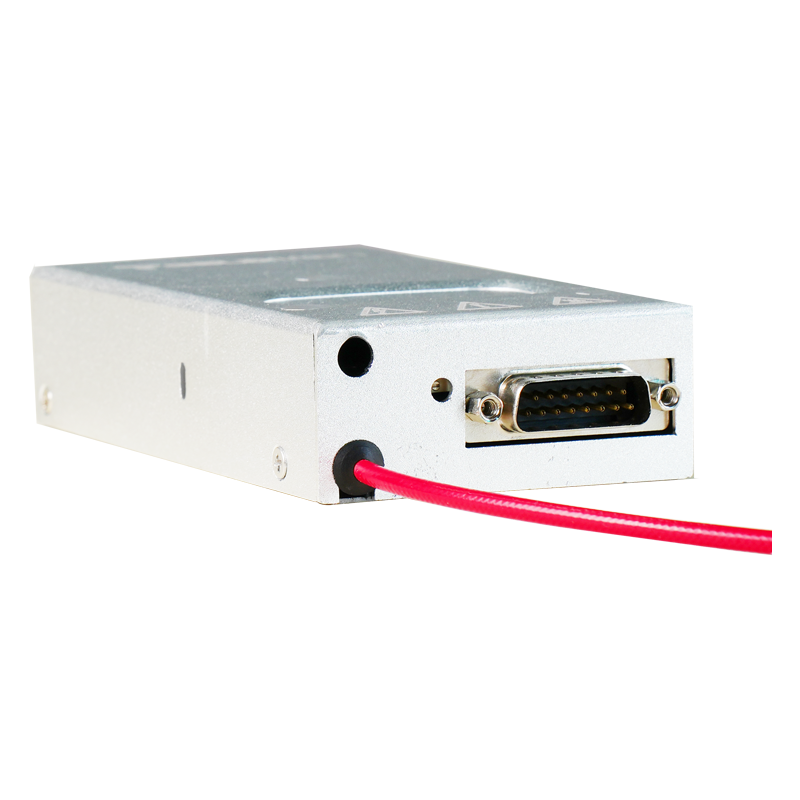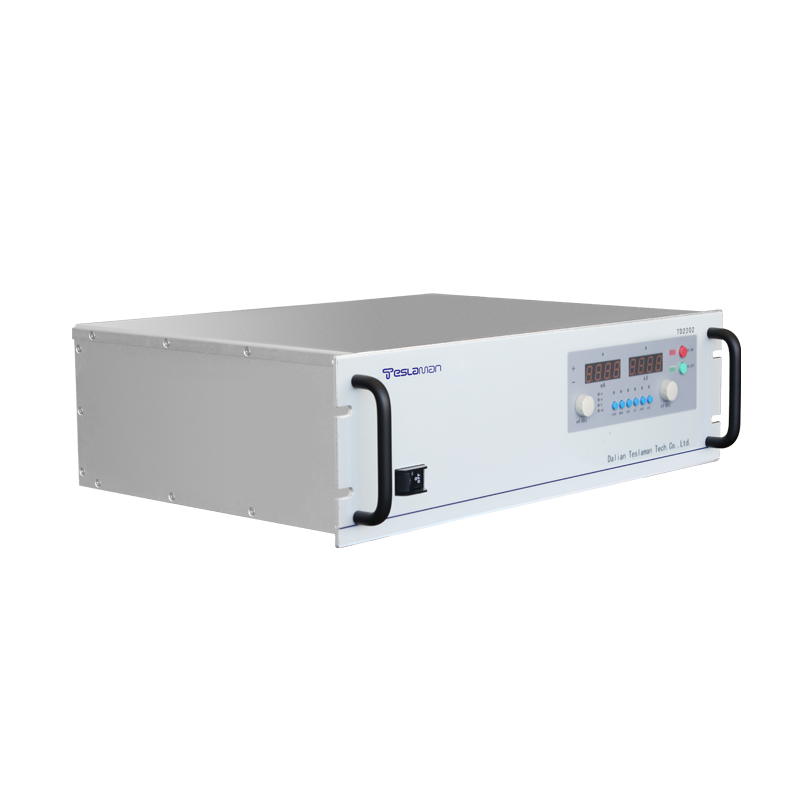Neutron Flux Regulation of High-Voltage Power Supply for Neutron Source
In the field of modern scientific research and applications, neutron sources play a crucial role, such as in materials science, nuclear physics, and medical imaging. As one of the key indicators to measure the performance of a neutron source, the precise regulation of neutron flux is of great importance. The high-voltage power supply, as a core component in the neutron source system, plays an irreplaceable role in the regulation of neutron flux.
The process of generating neutrons in a neutron source usually involves physical processes such as particle acceleration and collision. The high-voltage power supply provides the necessary electric field for particle acceleration. By precisely controlling the output voltage and current of the high-voltage power supply, the energy and quantity of particles can be effectively adjusted, thus realizing the regulation of neutron flux.
On the one hand, the adjustment of voltage directly affects the acceleration effect of particles. A higher voltage enables particles to obtain greater kinetic energy. When these high-energy particles interact with the target material, the probability and quantity of neutrons generated will increase accordingly, thereby increasing the neutron flux. Conversely, reducing the voltage will decrease the kinetic energy of particles, and the neutron flux will also decrease. Therefore, by precisely regulating the output voltage of the high-voltage power supply, continuous adjustment of the neutron flux can be achieved.
On the other hand, the control of current cannot be ignored. The magnitude of the current determines the number of particles participating in the reaction. Within a certain range, increasing the current means that more particles participate in the reaction to generate neutrons, thus increasing the neutron flux. However, it should also be noted that an excessively high current may lead to problems such as equipment overheating, affecting the stability and lifespan of the system. Therefore, the current needs to be optimized and adjusted while ensuring the safe operation of the equipment.
In addition, the stability of the high-voltage power supply also has an important impact on the precise regulation of neutron flux. A stable high-voltage output can ensure the consistency of the particle acceleration process, thereby guaranteeing the stability and reproducibility of the neutron flux. To this end, modern high-voltage power supplies are usually equipped with advanced feedback control systems that can monitor the output voltage and current in real-time and make automatic adjustments according to the set parameters to maintain the stable operation of the high-voltage power supply.
In practical applications, the precise regulation of neutron flux not only helps to improve the accuracy and reliability of experiments but also enables flexible adjustment of the performance of the neutron source according to different application requirements. For example, in medical treatment, the neutron flux can be precisely adjusted according to the specific conditions of patients to achieve the best treatment effect.
In conclusion, the high-voltage power supply plays a central role in the regulation of neutron flux in neutron sources. Through precise control of voltage and current and ensuring the stability of the power supply, effective regulation of neutron flux can be achieved, providing solid technical support for the wide application of neutron sources in various fields.




















